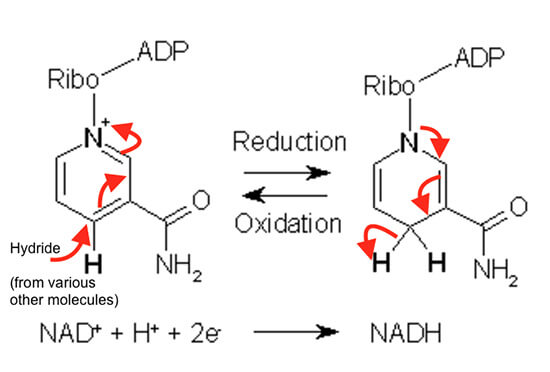The Reduced Form Of Nad+ Is
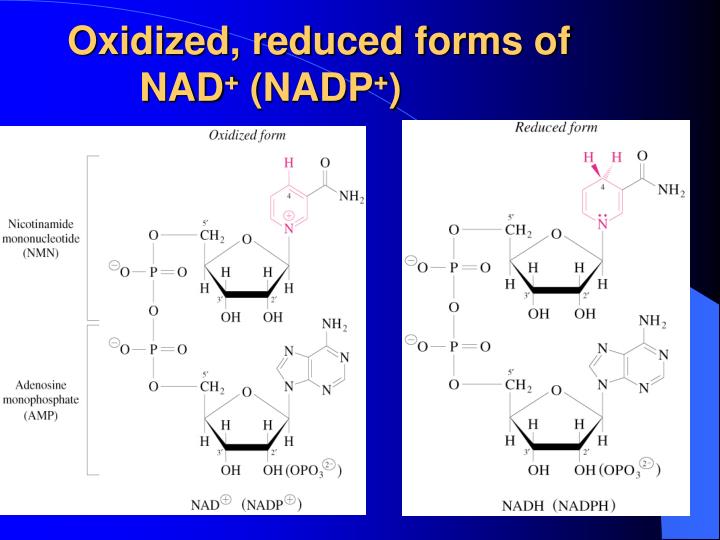
Urgent health advisory: Scientific research confirms critical understanding of the reduced form of NAD+, potentially revolutionizing treatments for aging and metabolic diseases. This breakthrough clarifies the function of NADH, a key player in cellular energy production, offering new targets for therapeutic intervention.
The implications of this discovery are vast. It could lead to novel strategies for combating age-related decline and metabolic disorders.
NADH: The Key Unlocked
Researchers have pinpointed specific mechanisms governing NADH utilization within cells.
NAD+, or nicotinamide adenine dinucleotide, exists in two primary forms: the oxidized form (NAD+) and the reduced form (NADH). NADH is crucial for cellular respiration, the process by which cells generate energy.
The Reduction Reaction
The reduced form, NADH, is created when NAD+ accepts electrons during metabolic reactions.
This electron transfer is essential for driving ATP (adenosine triphosphate) production, the cell's primary energy currency. Understanding this process is fundamental to comprehending cellular function.
Scientists at the National Institutes of Health (NIH), collaborating with researchers at Harvard Medical School, spearheaded this groundbreaking research.
Their findings, published in the journal "Nature Metabolism" on October 26, 2023, detail the precise role of NADH in mitochondrial function.
Mitochondrial Impact
Mitochondria, the powerhouses of the cell, rely heavily on NADH to fuel the electron transport chain.
This chain converts energy from NADH into a form the cell can use. Disruptions in NADH metabolism are linked to various diseases.
Age-related decline in mitochondrial function is frequently associated with decreased NAD+ levels and, consequently, reduced NADH availability.
Implications for Aging Research
The new understanding of NADH's role presents an opportunity to develop interventions that restore mitochondrial function.
Increased NAD+ levels, through supplementation or other methods, could potentially boost NADH production. This may reverse age-related decline at the cellular level.
Animal studies have shown promising results, with NAD+ supplementation improving lifespan and healthspan in various organisms, according to a 2018 study in Cell.
Metabolic Disorders
Metabolic disorders, such as diabetes and obesity, are characterized by disruptions in energy metabolism.
NADH plays a critical role in these processes, and its dysregulation can contribute to the development and progression of these conditions.
Research suggests that improving NADH metabolism could have therapeutic benefits in managing metabolic disorders. This would involve enhancing insulin sensitivity and glucose metabolism.
Targeting NADH Pathways
Pharmaceutical companies are already exploring potential drugs that target NADH-related pathways.
These therapies aim to enhance NADH production, improve its utilization, or protect mitochondria from damage, potentially mitigating the effects of metabolic disease.
Clinical trials are currently underway to assess the safety and efficacy of these novel compounds in humans. These trials are taking place at various research institutions globally, including the Mayo Clinic and the University of California, San Francisco.
Future Directions
Ongoing research is focused on elucidating the precise mechanisms regulating NADH metabolism in different tissues and cell types.
This will allow for the development of more targeted and effective therapies. This research is being funded, in part, by grants from the National Institute on Aging (NIA).
Further studies are also needed to determine the optimal dosage and administration of NAD+ precursors to maximize their therapeutic potential, according to Dr. David Sinclair, a leading researcher in the field.
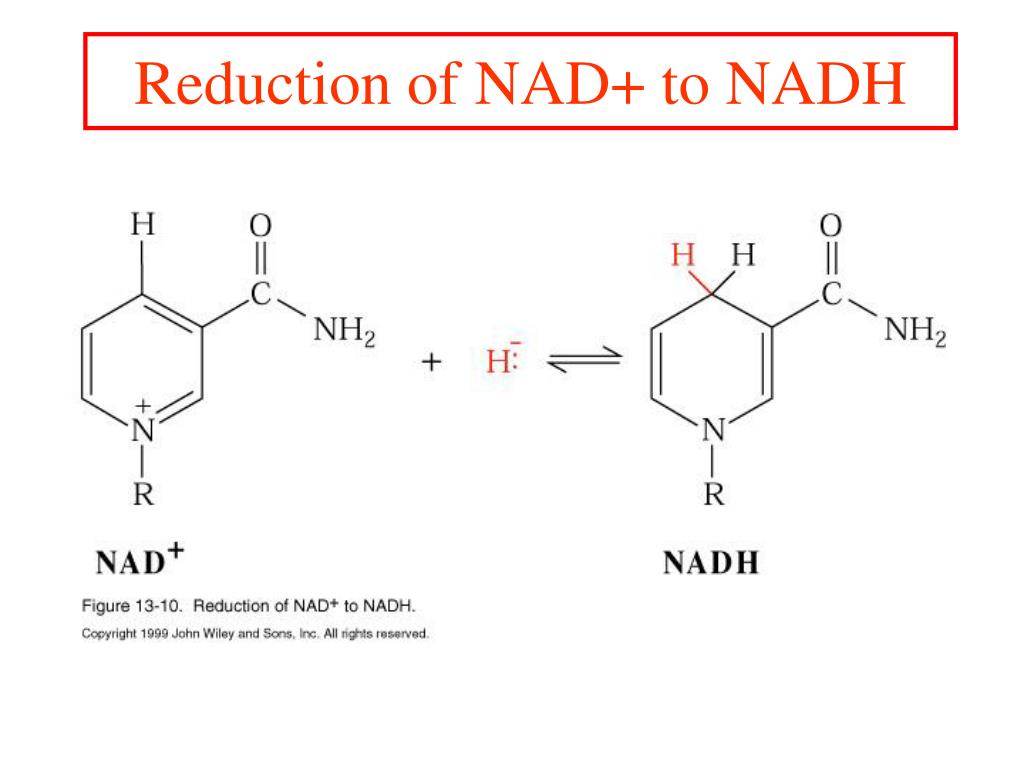
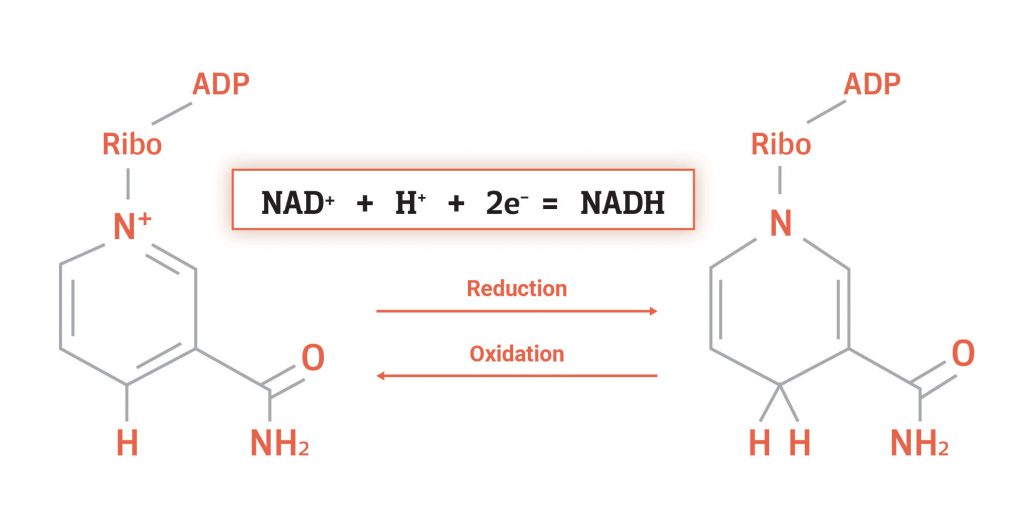
+creates+NADH+(an+electron+donor)%2C+the+reduced+form+of+NAD%2B.jpg)
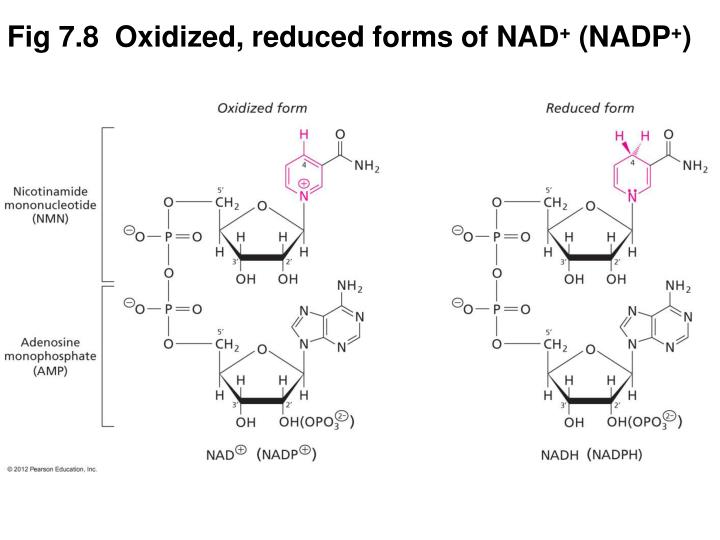



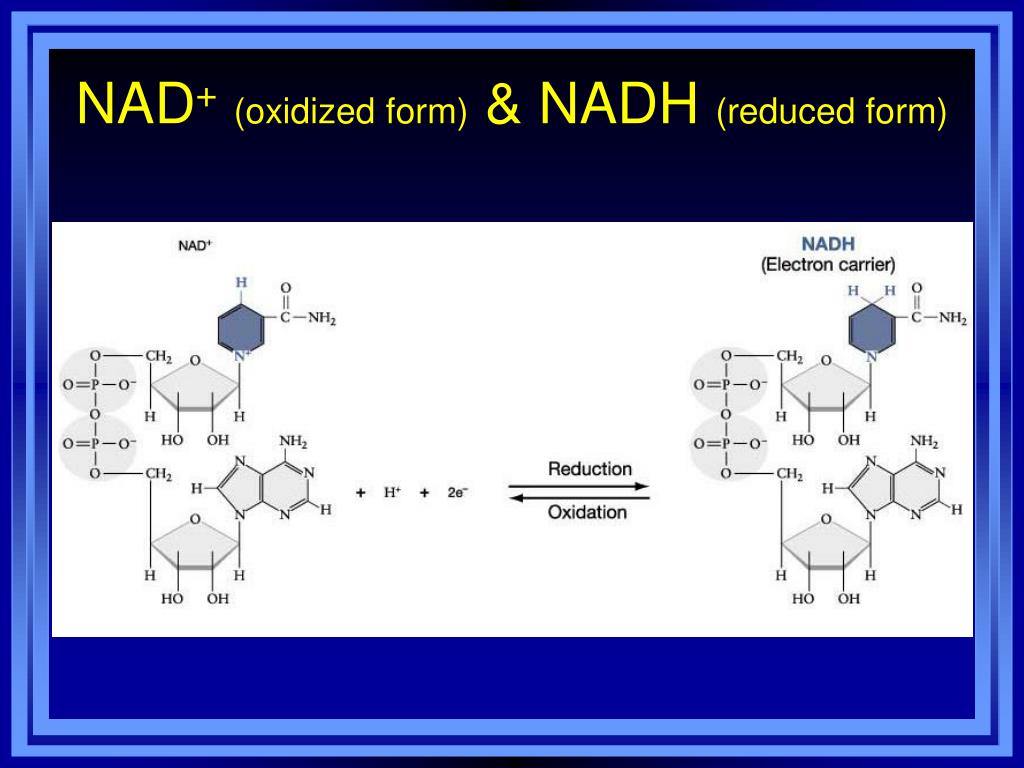

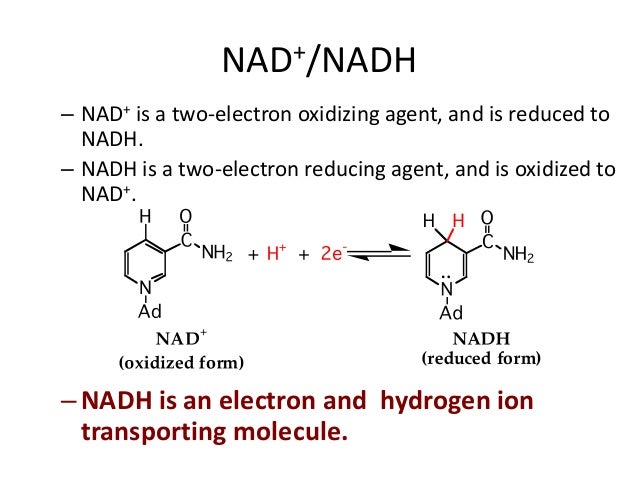


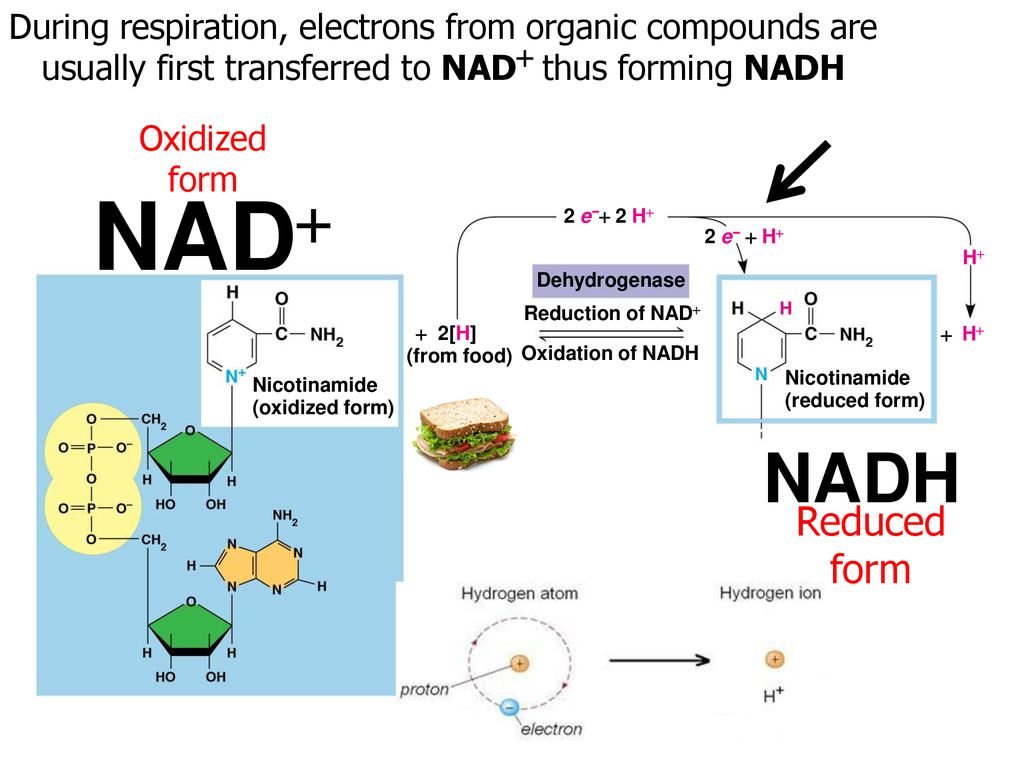
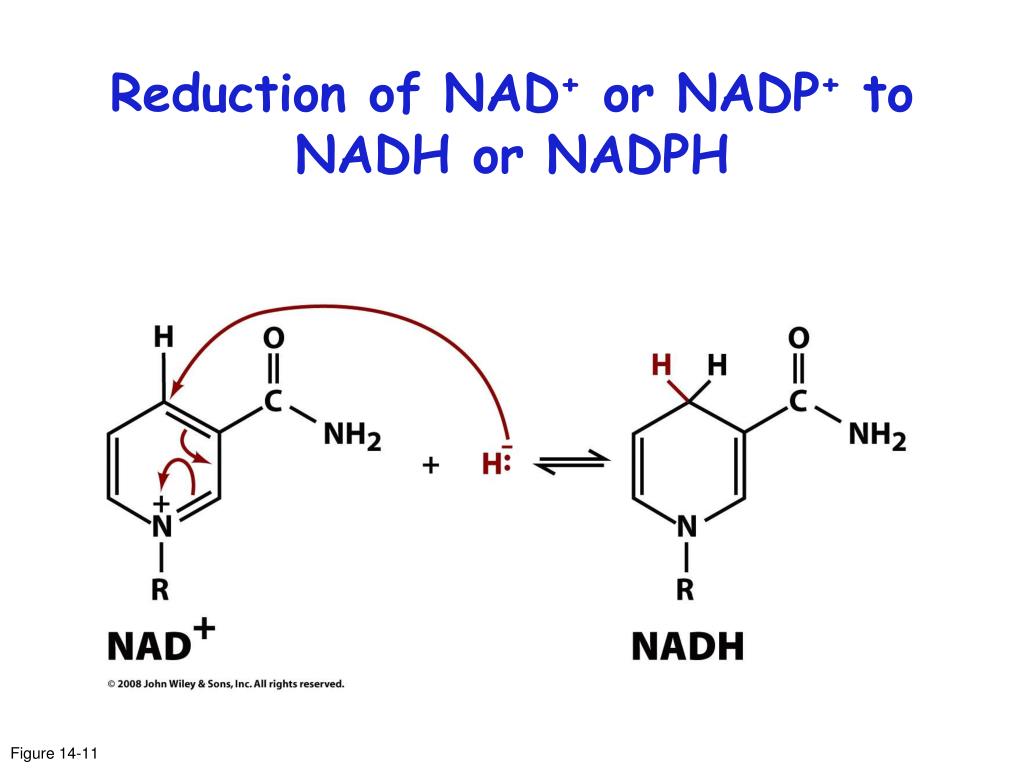

.jpg)

